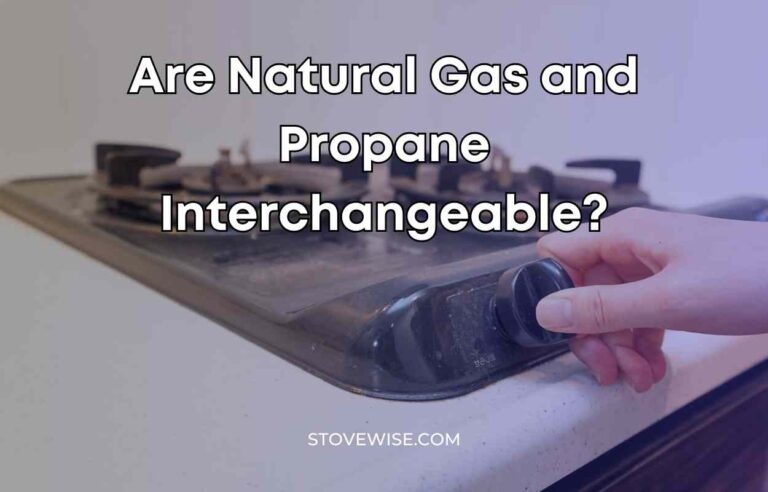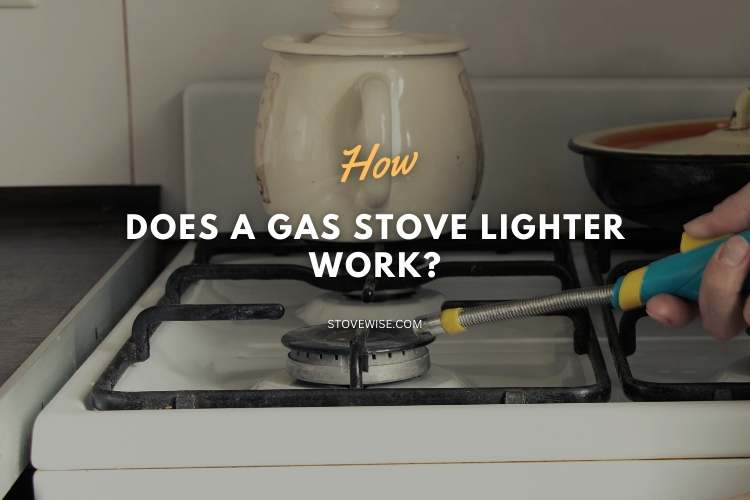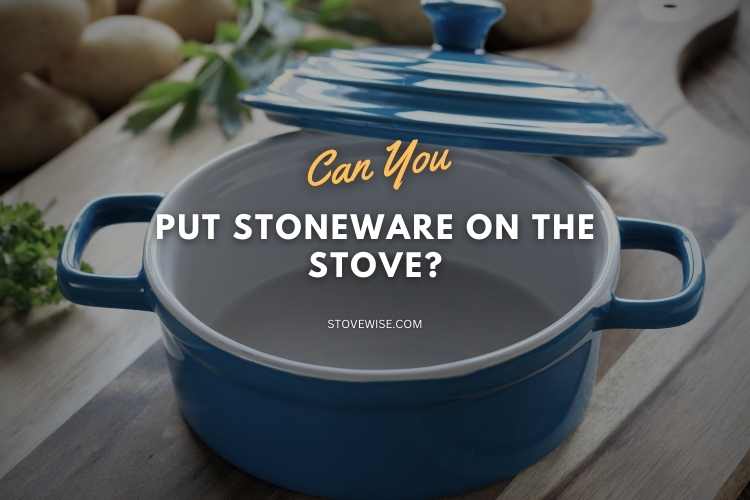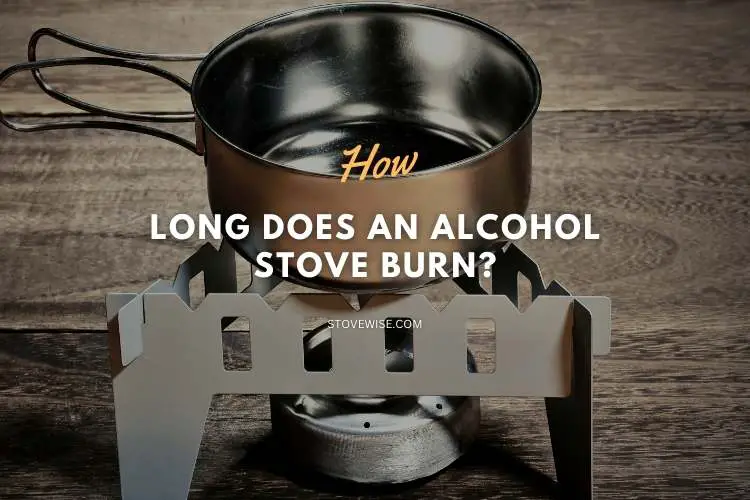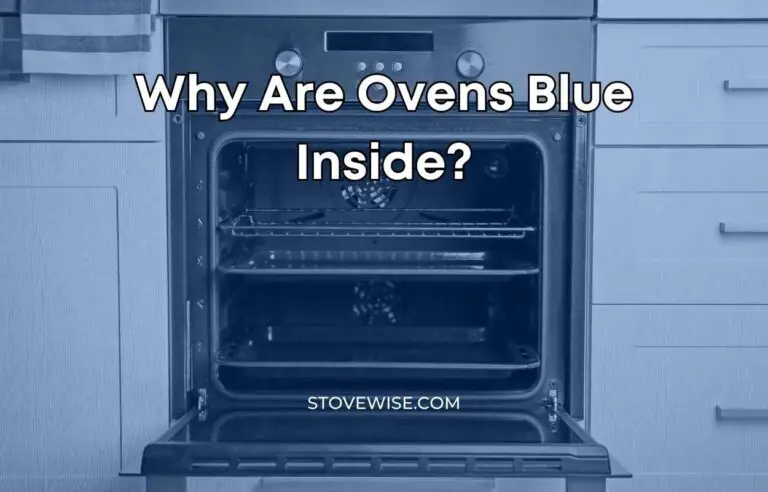What Number is Simmer on a Gas Stove?
Simmering is a cooking technique that involves cooking food in liquid at a low temperature. It is an essential cooking method for soups, sauces, stews, and other dishes that require slow and gentle cooking. However, achieving the perfect simmer can be challenging, especially if you are not familiar with your gas stove.
What Number is Simmer on a Gas Stove? On most gas stoves, simmering on a gas stove is typically done on 1 to 3 on the burner knob. However, some gas stoves may have a simmer setting, which is typically around 4 on the burner knob.
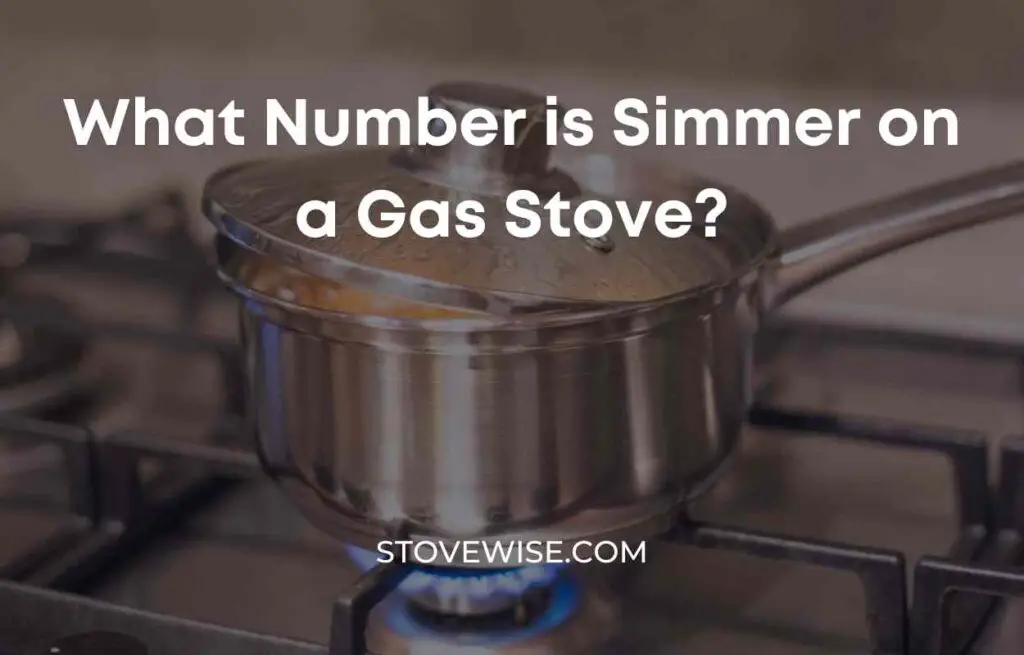
Contents
What is Simmering?
Before we dive into what number is simmering on a gas stove, let’s first define what simmering is. Simmering is a cooking technique that involves cooking food in liquid at a low temperature.
The temperature range for simmering is usually between 185°F to 205°F, just below the boiling point of water.
The goal of simmering is to cook the food slowly and evenly without overcooking it or burning it. Simmering allows the flavors of the food to meld together and results in a rich and flavorful dish.
What Number is Simmer on a Gas Stove?
Now that we know what simmering is, let’s talk about what number is simmering on a gas stove. The answer to this question can vary depending on the make and model of your gas stove.
However, in general, simmering on a gas stove is typically done on low to medium-low heat. On most gas stoves, this is around 1 to 3 on the burner knob. However, some gas stoves may have a simmer setting, which is typically around 4 on the burner knob.
Most gas stoves have control knobs with numbers ranging from 1 to 9. The 5th number, or setting, is typically the medium heat setting, while the 1st to 4th settings are usually low heat, and the 6th to 9th settings are high heat.
This means that the simmer setting on a gas stove is usually somewhere between low and medium heat, which is typically around 2 to 4 on the control knob. However, it is important to note that the exact temperature of the simmer setting can vary depending on the stove and the type of pot or pan being used.
To get the best results, it is recommended to experiment with different settings to find the ideal simmer setting for your specific stove and cooking needs.
What Is the Difference Between a Simmer and a Boil?
The difference between a simmer and a boil is primarily the temperature and movement of the liquid being heated. A simmer occurs when the liquid is heated to a temperature just below its boiling point, typically around 180-190°F (80-90°C).
At this temperature, the liquid will have small bubbles that occasionally rise to the surface, but they will not break through the surface in a vigorous manner. Instead, the liquid will move and murmur gently on the stove. This is often used for delicate foods that need to be cooked gently, such as poached eggs or fish.
On the other hand, a boil occurs when the liquid is heated to its boiling point, which is typically around 212°F (100°C) at sea level. At this temperature, the liquid will have large bubbles that constantly break through the surface, creating a rolling boil. This is often used for foods that need to be cooked quickly, such as pasta or vegetables.
In addition to the temperature and movement of the liquid, there are other differences between a simmer and a boil. For example, a simmer is a gentler cooking method that allows food to cook slowly and evenly without breaking apart or becoming tough.
Boiling, on the other hand, is a more intense cooking method that cooks food quickly and thoroughly, but can also cause delicate foods to break apart or become overcooked if not watched carefully.
It is important to understand the difference between a simmer and a boil in order to achieve the desired results when cooking various foods. By using the appropriate cooking method, you can ensure that your food is cooked to perfection and has the desired texture and flavor.
How to Simmer on a Gas Stove?
Simmering is a great way to cook soups, stews, and sauces, but it can be tricky to get the temperature just right. Here are the steps to simmer on a gas stove:
- Choose the right pot: Use a heavy-bottomed pot to distribute heat evenly. This is important for simmering because you want the food to cook slowly and evenly without burning or sticking to the bottom of the pot.
- Add the ingredients: Add your ingredients to the pot along with enough liquid to cover them. Remember, simmering is a cooking technique where you cook food in liquid at a low temperature, so you want to make sure there’s enough liquid to cover the ingredients.
- Bring to a boil: Place the pot on the burner and turn the heat up to high. Bring the liquid to a boil. This will help to release the flavors in the ingredients and start the cooking process.
- Reduce the heat: Once the liquid is boiling, reduce the heat to low to medium-low. On most gas stoves, this is around 1 to 3 on the burner knob. However, some gas stoves may have a simmer setting, which is typically around 4 on the burner knob. The goal is to keep the liquid just below boiling, around 180°F to 200°F (82°C to 93°C).
- Stir frequently: Stir the ingredients frequently to prevent them from sticking to the bottom of the pot and burning. This will also help to distribute the heat evenly.
- Adjust the heat: If the liquid is boiling too rapidly, turn the heat down slightly. If it’s not simmering at all, turn the heat up slightly. Every gas stove is different, so you may need to adjust the heat to find the right temperature for simmering.
- Use a lid: Using a lid will help to trap the heat and keep the liquid at a consistent temperature. This will also help to prevent the liquid from evaporating too quickly.
- Be patient: Simmering takes time, so be patient and don’t rush the process. Depending on the recipe, you may need to simmer for anywhere from 20 minutes to several hours.
What Is the Simmer Setting on an Electric Stove?
The simmer setting on an electric stove is used to cook food steadily and gently at a low to medium temperature. It is a temperature just below boiling at which the heat permeates the entire food without causing pervasive bubbling and splattering.
Simmering is one of the most fundamental methods of moist heat cooking, as it enables the flavors to combine and is one of the most basic cooking techniques.
Depending on the stove, the temperature range for simmering can differ but is typically between 180°F and 205°F. Lower numbers (1-3) are used to simmer sauces, stews, and soups, whereas higher numbers (4-9) are used for baking or heating water.
Technically, simmering refers to the formation of small bubbles that take between one and three seconds to ascend to the surface before bursting.
What Temperature Is 1-10 Simmer?
Depending on the type of furnace and the manufacturer, the temperature of a 1-10 simmer can vary. A simmer is typically a low to medium heat level that is just below simmering.
On the majority of stoves, the simmer setting is between 180 and 205 degrees Fahrenheit. Nevertheless, the temperature range can differ based on the stove and manufacturer.
Some ranges have dials ranging from 1 to 6, some from 1 to 9, and others from 1 to 10. On a scale from 1 to 10, where 1 is the lowest heat setting and 10 is the highest, a simmer is typically between 3 and 4, with 1 being the lowest and 10 being the highest.
The key to successful simmering is maintaining a consistent, low temperature and avoiding heating the liquid, which can cause it to become overly concentrated or alter its consistency.
What Temperature Is a Medium Simmer?
A medium simmer is a cooking temperature that falls between 180°F and 200°F, just below the water’s boiling point.
This temperature range, which is just below the boiling point of water (212°F), is regarded as medium-low heat.
Small, soft bubbles will periodically rise to the surface of the liquid during a medium simmer, but huge bubbles or boiling should not disrupt the surface of the liquid.
Simmering is a method of gentle, gradual cooking that develops flavors and fully cooks items without causing them to break down or become overdone.
Making sauces, soups, stews, and stocks typically involve simmering. To get the intended outcomes, it is crucial to maintain a constant temperature during the cooking procedure.
Tips for Achieving the Perfect Simmer
Now that you know what number is simmering on a gas stove, here are some tips for achieving the perfect simmer every time:
- Use a heavy-bottomed pot: A heavy-bottomed pot will distribute heat evenly, which is important for simmering.
- Stir frequently: Stirring frequently will help prevent the food from sticking to the bottom of the pot and burning.
- Adjust the heat: If the liquid is boiling too rapidly, turn the heat down slightly. If it’s not simmering at all, turn the heat up slightly.
- Use a lid: Using a lid will help trap the heat and keep the liquid at a consistent temperature.
- Be patient: Simmering takes time, so be patient and don’t rush the process.
Conclusion
Simmering is a great way to cook food slowly and evenly without overcooking or burning it. The temperature for simmering is typically around 180°F to 200°F (82°C to 93°C), and on a gas stove, simmering is typically done on low to medium-low heat, which is around 1 to 3 on the burner knob.
However, some gas stoves may have a simmer setting, which is typically around 4 on the burner knob. To achieve the perfect simmer, use a heavy-bottomed pot, stir frequently, adjust the heat as needed, use a lid, and be patient. With these tips, you’ll be simmering like a pro in no time.

